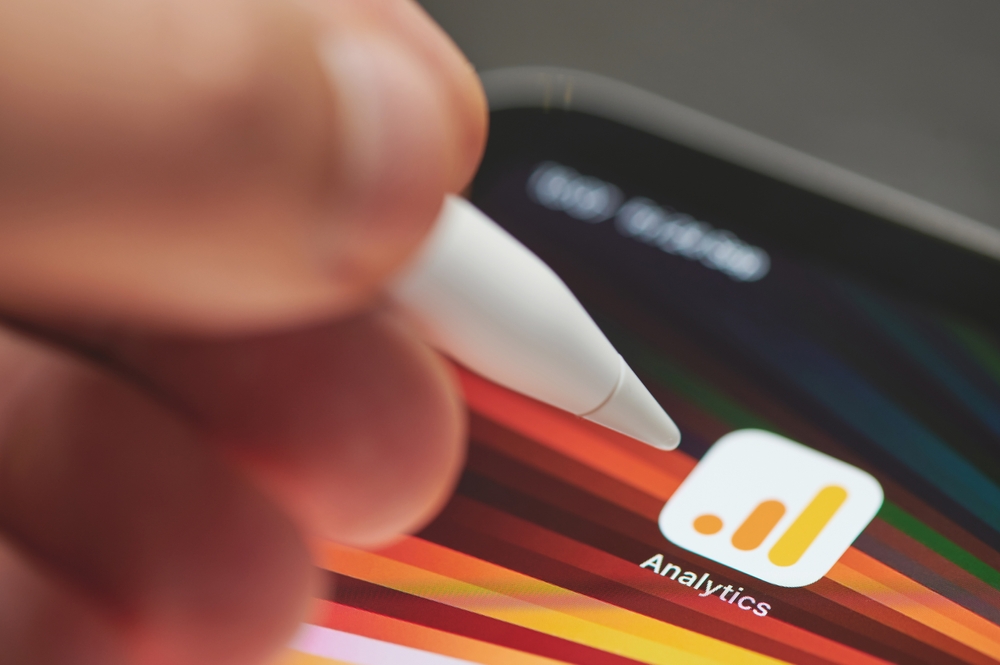
In the world of constant upgrading and new technology, staying behind is not an option anymore.
Google, which is constantly working to improve practically everything, has updated its Analytics series too, i.e., Google Analytics 4, making it the new standard edition of its well-known tool for gathering data and tracking online traffic, which was formerly known as UA or Universal Analytics.
Google Analytics is used by many businesses and websites to track user activity across web domains, mobile apps, and APIs, measure online traffic, evaluate digital marketing channels, and assess key performance metrics (KPIs).
And now, Google has launched the newest version, Google Analytics 4, which differs substantially from the standard “Universal” Analytics or UA. The new Google Analytics 4 has several noteworthy & interesting features that set it apart from earlier versions.
One of the most notable distinctions is the current data modeling function, which uses AI to fill in gaps in data where cookie-based limitations limit traditional Analytics. Furthermore, the new default Google Analytics user interface is much different.
So, here’s a quick review of some of the key contrasts.
What’s Different in GA4?
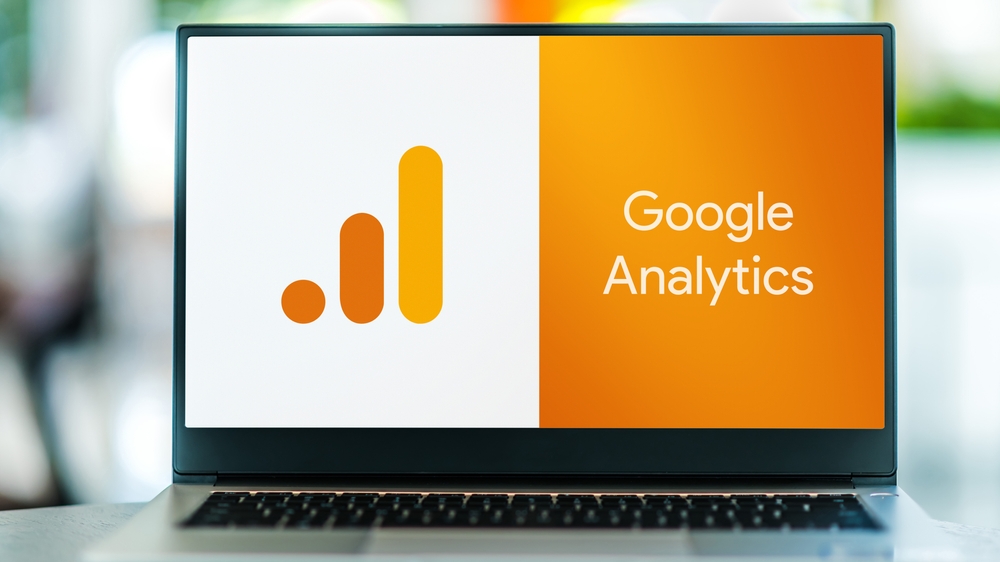
Keeping Track of Events
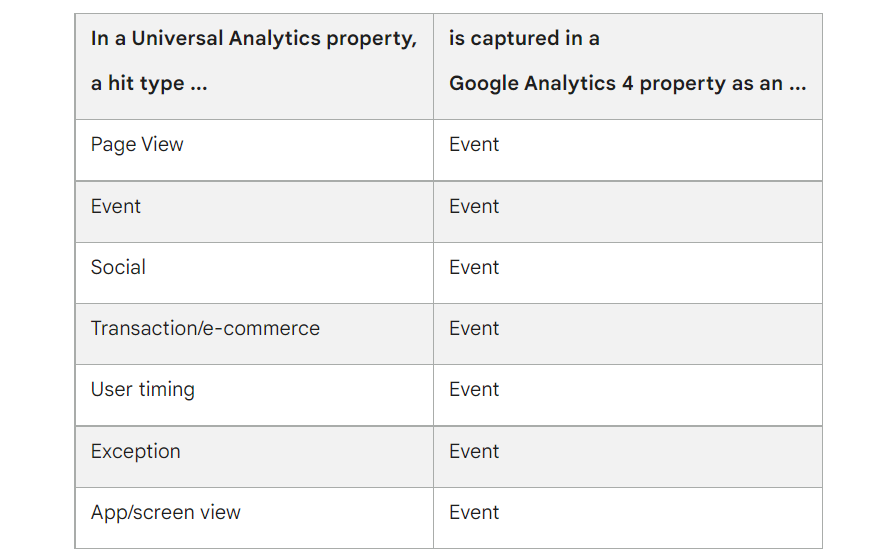
While GA4, on the other hand, comes pre-configured to track additional data. Other metrics like Scrolling, outbound clicks, video engagement, file downloads, etc are automatically recorded via the “Enhanced measurement” feature.
You can read more about it here
All-In-One Web & Mobile Analytics
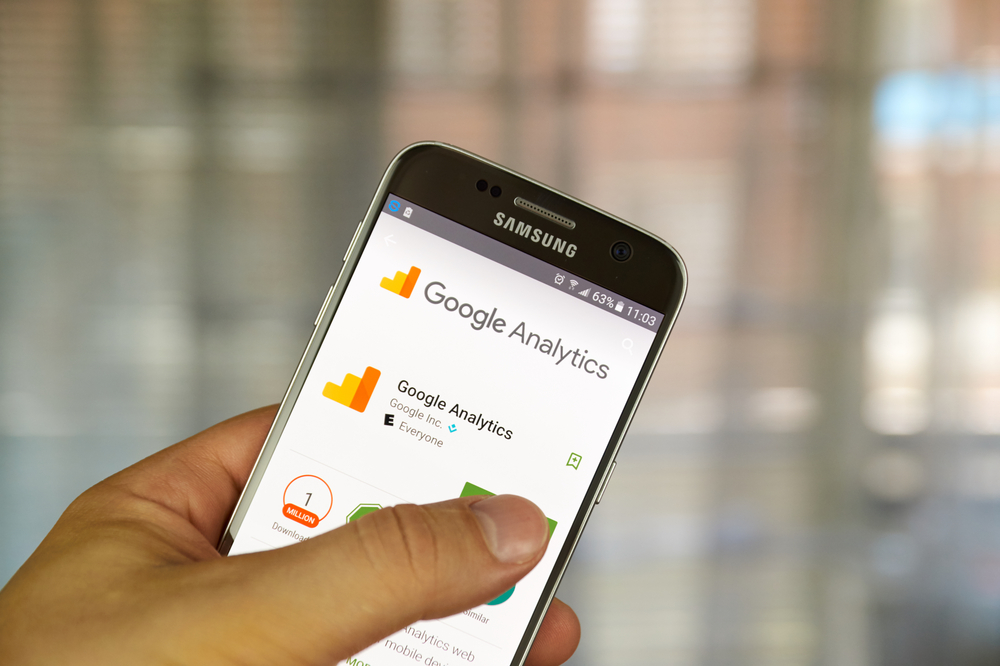
Another notable difference between GA4 and its predecessor UA is the focus on combining mobile and web data; you can now monitor, track, and manage everything from a single platform.
Tracking mobile and app data formerly relied on Firebase and GA integrations, and it was often confusing to see how your site and app data interacted. The new GA4 is powered by Firebase, which offers seamless app and web tracking.
It’s important to remember that if you’re already using Firebase, past data from a Universal Analytics setup will be transferred; but, because GA4 uses a different data model, a new GA4 configuration won’t bring in historical data from a Universal Analytics setup.
That’s why you should think twice before setting GA4 as your default. In most cases, it is preferable to use GA4 in addition to the present UA property rather than replacing it entirely. At least for the time being.
Improved Time-Based Actions Measuring
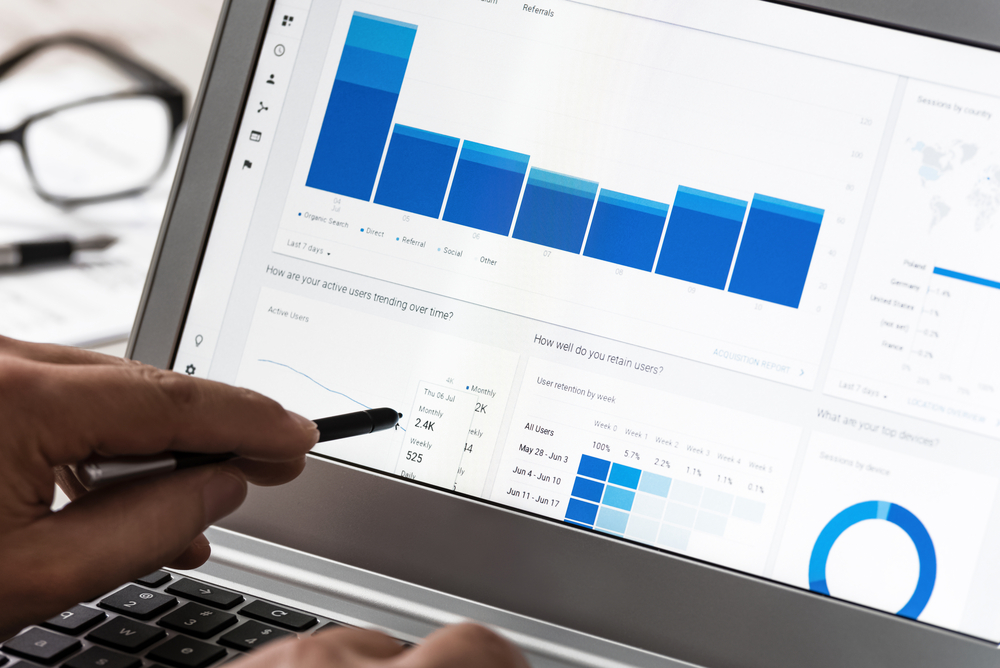
The utility of “time” measurements has also been enhanced with GA4. “Right now, when we think about time in GA, we only think of time for pages, sessions, or users.”
With Universal Analytics answering queries like how long it takes users to complete a specific action, using time monitoring can be a difficult task. Now, this is where GA4’s “elapsed time” function comes in handy, as it can determine how long it takes on average for a user to complete specific stages or tasks.
For example, you can track how long it takes someone to complete a survey or how much time a customer spends reading your blog before moving on to your product page.
Create and Track Up to 300 Events

You don’t have to rely on web developers for all your tracking needs anymore; with GA4, you can track & monitor almost everything.
GA4 tracks practically all important events for you from automatically tracked events and enhanced measurement events. But don’t worry if the events you want to track aren’t on any of those lists. You can always build and track new events on your own with GA4.
The coolest part is that each property can have up to 300 events. Amazing right?
Powered by AI (Artificial Intelligence)
GA4 can now recognize data trends such as increased demand for a product or service, thanks to machine learning insights.
This technology can anticipate outcomes such as churn rates and the potential revenue a firm could generate from a given consumer group.
Effortless Funnels Tracking
GA4 gives everyone access to previously only available funnels to GA360 users. The new funnel features are significantly more customizable and easy to configure, allowing you to design segmentable, retroactive funnels.
As Google states, “A GA360 feature introduced for free in GA4 gives you the ability to design user-based, configurable funnels.”
Enhanced Debugging Experiences

Debugging has long been a problem with Universal Analytics. Now with GA4 on the scene, Google has made a number of improvements in GA4 to make the debugging experience easier than ever. The live debugging view allows you to debug directly in the UI.
You can also import your data directly if you’re using the Google Tag Manager Chrome plugin to see where the problem is in real-time.
These insights can help you anticipate what your consumers will do in the future, allowing you to focus on higher-value customers.
Easy Exports from BigQuery
GA4 allows you to easily export all of your data to BigQuery, which was previously only available with GA360.
The BigQuery integration enables you to import raw event data directly into a data warehouse, allowing you to run predictive analytics, machine learning models, and nearly unlimited modifications.
It includes a new streaming export that updates every 10–15 minutes, which is significantly faster than the GA360 export.
You can also choose where your data will be stored in line with your data governance policies. Google also ensured that the export is compatible with BigQuery’s sandbox, allowing you to get started for free.
Additional Benefits of Google Analytics 4
Google’s latest version includes some fantastic new features, such as:
- Integration with the Search Console
These two additional reports are:
- Google Organic Search Traffic: It highlights how organic search performance correlates to on-site activity.
- Google Search Queries: This metric displays which Google search terms led users to your website.
- Google Ads Migration Made Simple
- Model comparison
This function can assist you in determining whether or not the rate of your conversions and revenue has increased or reduced.

